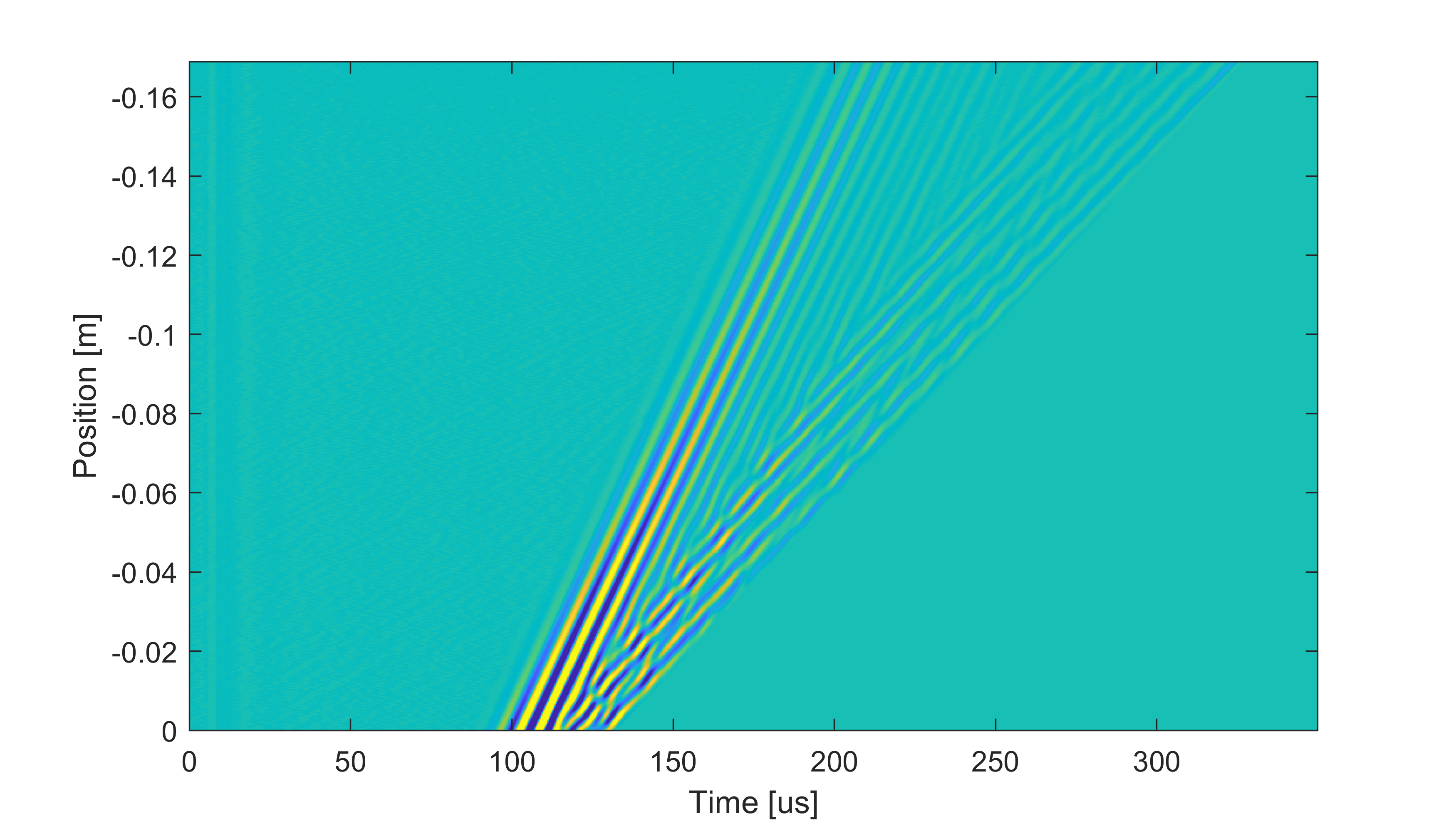Transport at Nanoscale Interfaces
Nanomaterials Spectroscopy and Imaging
- Recent Projects
- Machine learning enabled cell imaging
- oldmasterprojects
- Air coupled ultrasonic inspection of thin walled plates
- Electrical transport in graphene nanoribbons bridging carbon nanotube gaps
- Spatially mapping thermal conductivity of 2D-materials
- Electrical and optical biosensors
- B
- H2020 project MOTIVATE [Link to other Website]
- Publications 2017
- News-List2
- Processes
- hiddentestpage2
- hiddentestpage
- Testpage
- Team2
- Measurement Technology
- Tech Transfer & Services
- Education
- All Publications R
- News List
- Development of microporous graphene membranes
- Publications 2017 Ref
- Publications 2016 Ref
- Publications 2015 Ref
- All Publications
- Oxide based resistive switching memories for neuromorphic computing
- THz Talbot imaging
- THz tomography
- Publications 2016 2
- Opto-electronic characterization of strain effects in graphene nanoribbons
- Artificial Intelligence for the analytics of quantum devices
- Silicon Nanowires for sensing
- Equipment
- Scanning Thermal Microscopy of suspended graphene
- Reliability and safety
- Publication extract (internal)
- Current Projects
- news-list3
- Welcome1
- DemoListRight
- Welcome2
- logfile
- Empa-Dora-testpage

It is most suitable for the examination of thin walled structures, where Lamb waves can be used to detect flaws in the specimen material. However, because of the high impedance mismatch between air and specimen, a large part of the ultrasonic wave that is transitioning into the specimen is reflected at the material surface, leading to a much lower signal to noise ratio than in classical ultrasonic setups.
The current focus of the project is to understand the basic air coupled ultrasonic setup, where the sound wave generated by a transmitter travels through the air towards the specimen surface, is converted to a Lamb wave with multiple modes, travels along the plate towards the receiver and is finally detected by the receiver.

The goal is to develop a model that includes all important features and explains the measured signal for a perfect plate specimen. This knowledge can then be used as a reference for the detection of inhomogeneities and flaws.

Knowing the features and limits that air coupled inspections in general provide, in a second step a setup is designed that allows detecting flaws in the specimens that lead to deviations of the received signal compared to the reference.
Signal analysis plays a key role in this process. Algorithms are developed to identify and extract the different Lamb modes from the measurements. Additionally the dispersion relation and material parameters of the specimen can be extracted.

Finally, finite element methods should be applied to detect, visualize and localize possible defects in the specimens.
